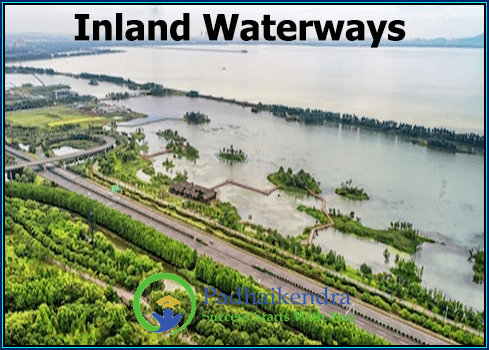Inland waterways refer to navigable bodies of water, such as rivers, canals, and lakes, that are used for transportation of goods and people. They are an important mode of transportation in many parts of the world, particularly in regions where land transportation is difficult or expensive.
Inland waterways can be used to transport a wide variety of goods, including bulk commodities such as coal, grain, and oil, as well as containerized cargo and passengers. They are often used for short-distance transport within a particular region, and can provide a cost-effective and environmentally friendly alternative to road or rail transport.
Inland waterways have been used for transportation for thousands of years, and many of the world’s major cities and ports are located on rivers or other bodies of water. In recent years, there has been renewed interest in developing and expanding inland waterway infrastructure, particularly in regions such as Europe and China, where water transport is seen as a key component of sustainable transportation systems.
However, there are also challenges associated with inland waterway transport, including issues related to water levels, infrastructure maintenance, and environmental concerns such as pollution and habitat destruction. Despite these challenges, inland waterways continue to play an important role in global transportation networks and are likely to remain an important mode of transport in the future.





